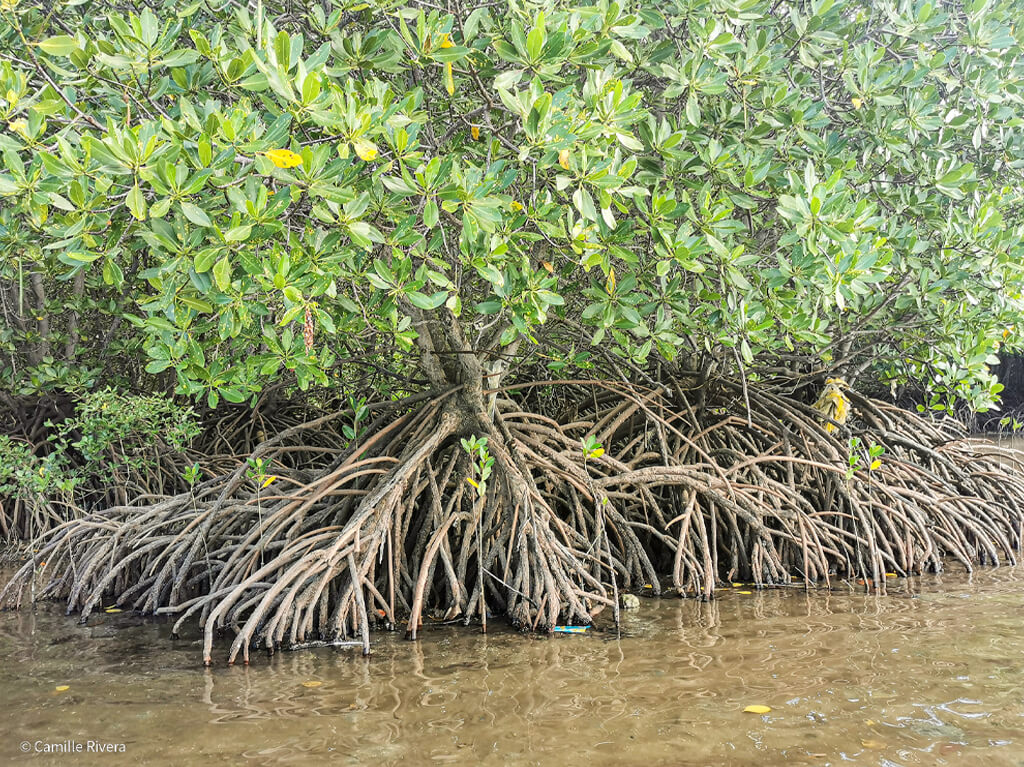
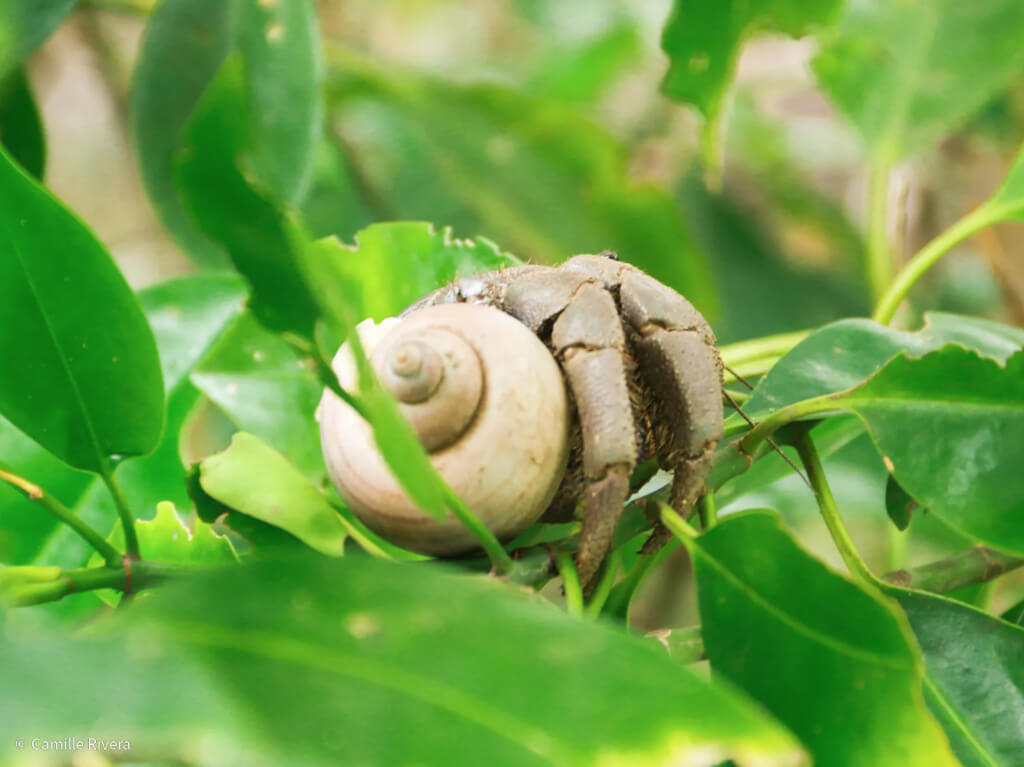
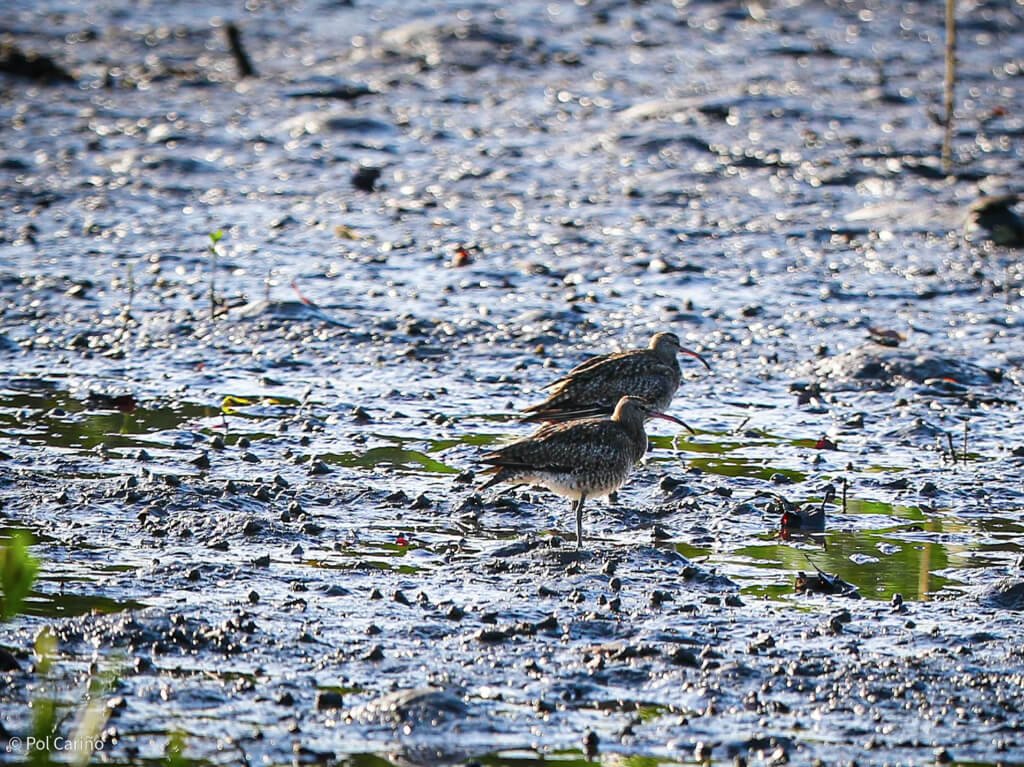
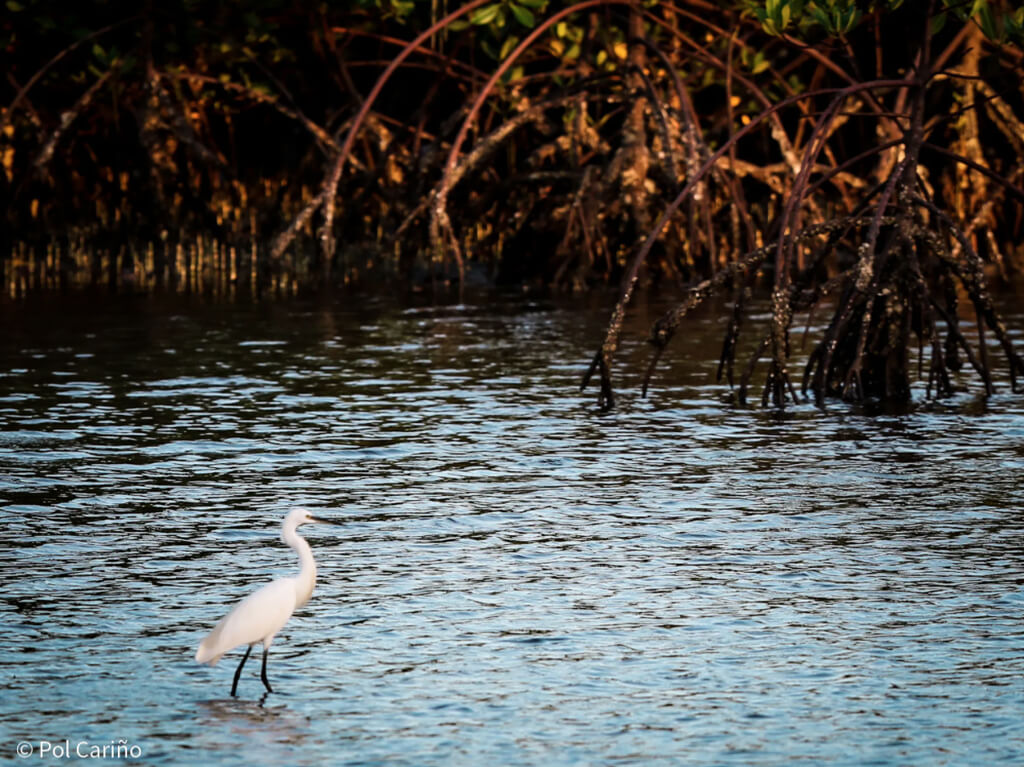
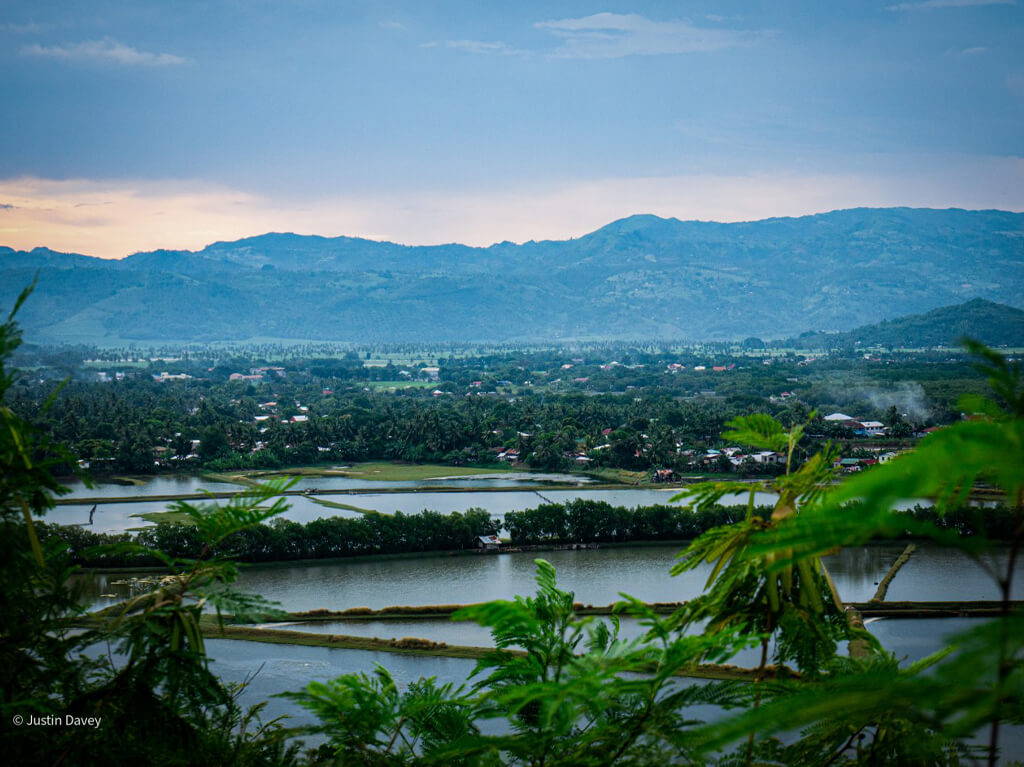
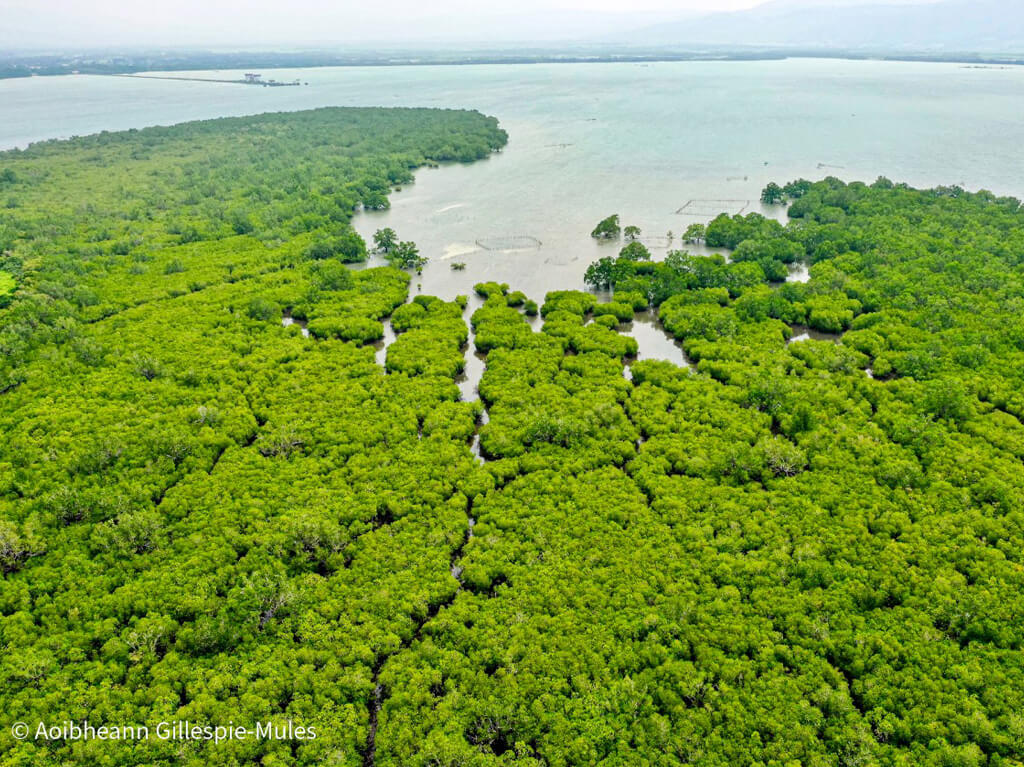
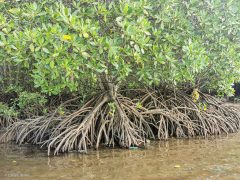
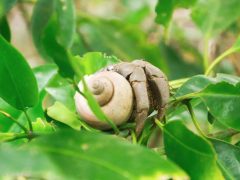
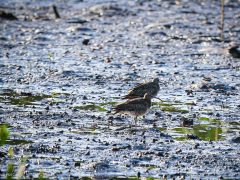
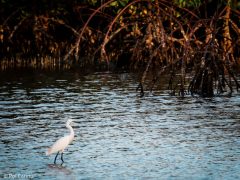
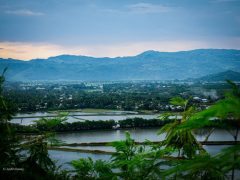
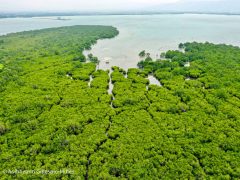
Size of area being restored
~2 ha
Geographical features of site
Abandoned, underutilized and unproductive fishponds
Objectives of restoration
1. To conduct stakeholder perception and knowledge on ecosystem services and ecological functions of the mangrove forests.
2. To enhance experiential education and hands-on capacity building to the local women, youth and fisherfolk communities as well as improving the know-how of the Community Environment Officers.
3. Identify mangrove species to plant that is potential for restoration, the more diverse, and the better for providing different ecosystem services.
4. Restore abandoned, unproductive and underutilized fishponds to mangrove forests for long-term carbon sequestration efforts.
5. Establish community nursery plantation for a steady supply of seedlings for replanting in fishponds and nearby villages as a source of livelihood as well.
6. Identify and facilitate sustainable livelihood activities for communities to reduce extraction/destruction of mangrove forests.
7. Create mangrove restoration manuals (in local dialect), pamphlets, and other collaterals to the local communities to improve motivation as stewards in protecting this ecosystem.
Type/method of restoration
Active planting and/or Community-based ecological mangrove restoration (CBEMR) depending on the site
Challenges and threats to the area
AUU fishponds release methane, not providing food security to people, and does not benefit to the overall carbon mitigation potential for the local site. In addition, it also does not benefit to the Nationally Determined Contributions of the country for climate mitigation and adaptation.
One of the main challenges is the social resistance of people who “lease” the area but do not technically “own” it. Government also are not strong-willed to push for the reversion of fishponds to mangroves even if they have the mandate to do so.
Communities involved (indicate size)
Mangrove association – 25 members
Solutions/interventions being done in response to challenges and objectives
1. Check on the tenurial instruments per fishponds, from BFAR and DENR papers.
2. Need to map the areas and assess on the ground
3. Series of meetings with Provincial DENR, barangay LGUs and fishpond lease
Support needed and details:
— Financing for restoration
As any other restoration, we need help in financing schemes such as payment for ecosystem services(PES) to do the restoration and continuously support our advocacy.
— Financing for livelihood
We understand the need for livelihood generation for food security that is why the funds we also get will also go to the facilitation of livelihood in the area such as crab fattening.
— Volunteer engagement
If we happen to choose active planting, we also need volunteers to come together and be trained, if possible interns to help out in planning, so it’s not really a big group to get together (example max. 30 volunteers).
— Awareness and education
Lastly, if PH parks and biodiversity has LGU or bigger NGO connections and /or networks that our organization can also reach out too so that the efforts to restore is feasible and easy to implement because we already break the government barrier (start from scratch of introduction etc.). We do need concerted efforts such as from logistics to planning.

